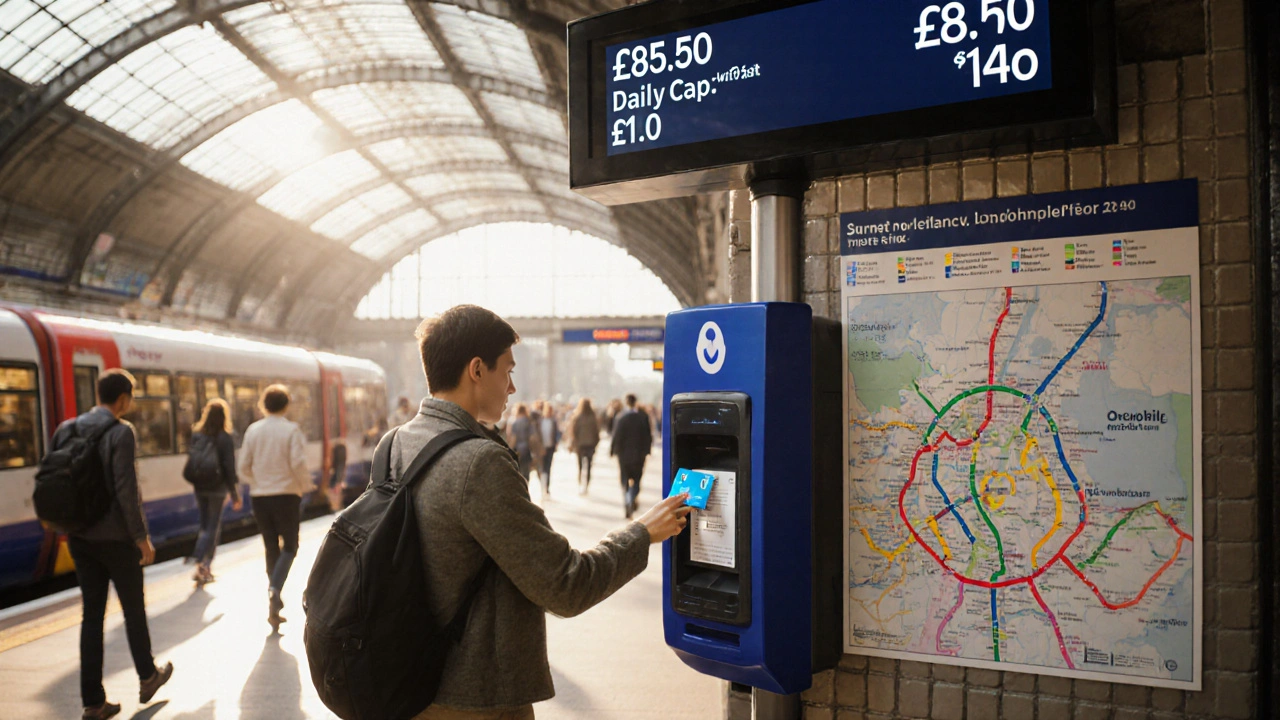Oyster Card Capping in London: How Daily and Weekly Caps Save You Money
Learn how Oyster card daily and weekly caps work in London to save money on public transport. No need for expensive tickets-just tap and go.
When people talk about London travel costs, the total amount of money needed to live, visit, or move around the city. Also known as cost of living in London, it’s not just about fancy hotels and museum tickets—it’s what you pay for your bus ride, your coffee, your rent, and whether you can afford to eat out more than once a week. This isn’t a myth. It’s daily reality for students, freelancers, tourists, and newcomers alike.
Let’s break it down. London accommodation costs, the price of renting a room or flat in the city. Also known as London rent prices, it’s the biggest chunk of your budget. A single room in Zone 2 or 3? Expect £900–£1,300 a month. A studio in Canary Wharf? You’re looking at £1,800+. Even outside central zones, prices don’t drop as much as you’d think. And don’t forget the deposit, council tax, and utility bills—those add up fast.
London transport prices, how much you pay to get around on the Tube, bus, or train. Also known as London Oyster card costs, they’re predictable but not cheap. A single zone 1-2 tube ride? £2.80 with Oyster. A monthly Travelcard? Around £140. That’s more than most people spend on groceries. But here’s the good news: if you’re under 18, over 60, or a student with a valid ID, you can save big. And walking? Free. London’s best free attraction.
Then there’s London dining expenses, what you spend on food, from street food to sit-down meals. Also known as eating out in London, it varies wildly. A sandwich from a corner shop? £4. A pub lunch? £12–£18. A three-course meal in Soho? £30–£50. But you can eat well for less—head to Borough Market for £5 falafel wraps, or grab a £3.50 meal deal at Tesco. The trick isn’t avoiding food—it’s knowing where to look.
And yes, you can still see the sights without breaking the bank. Most major museums—like the British Museum, Tate Modern, and the Science Museum—are free. The London Eye? £30. A West End show? From £20 if you get last-minute tickets. Even Royal Ascot can be done on a budget if you skip the grandstands and go for the public enclosures.
There’s no single number for London travel costs because it depends on how you live. Are you a student sharing a flat in Peckham? Your monthly bill might be £1,200. Are you a tourist staying in a hotel in Mayfair? You could spend that in three days. The key is knowing what’s unavoidable and what’s optional. Rent and transport? Almost always necessary. Fancy cocktails and guided tours? Totally up to you.
Below, you’ll find real guides from people who’ve lived it—how to cut rent, where to find cheap eats, which passes save you money, and how to enjoy London without going broke. No fluff. No sugarcoating. Just the numbers that matter.

Learn how Oyster card daily and weekly caps work in London to save money on public transport. No need for expensive tickets-just tap and go.